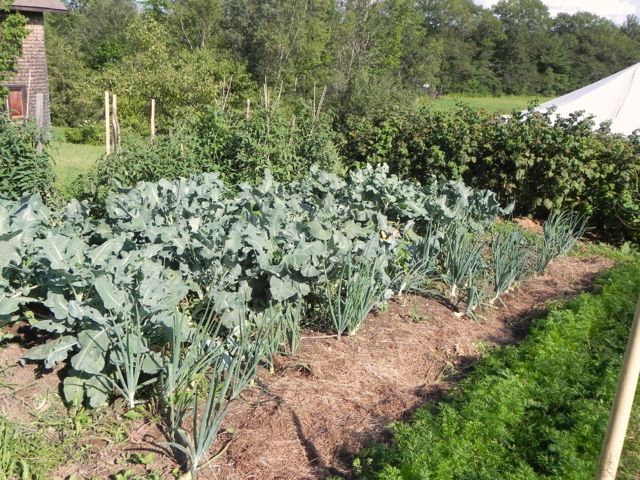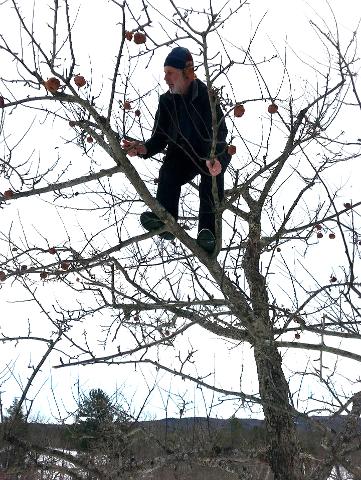
sustainable way. Without permanent agriculture there is no possibility of a stable social order." A collection of definitions by the "elders of permaculture" can be found on permaculture.net. You can also read some key concepts of permaculture on the Permaculture Institute website.
Permaculture has evolved in some interesting ways since its inception to include much more than agriculture. Many practitioners include infrastructure, renewable energy and community planning into their designs. At its core, permaculture is "designing for sustainability". Through the design process, permaculture offers a promise for the long term thriving of human cultures. It offers a chance to create human ecosystems that live in harmony with the Earth and that create a bounty for the people.